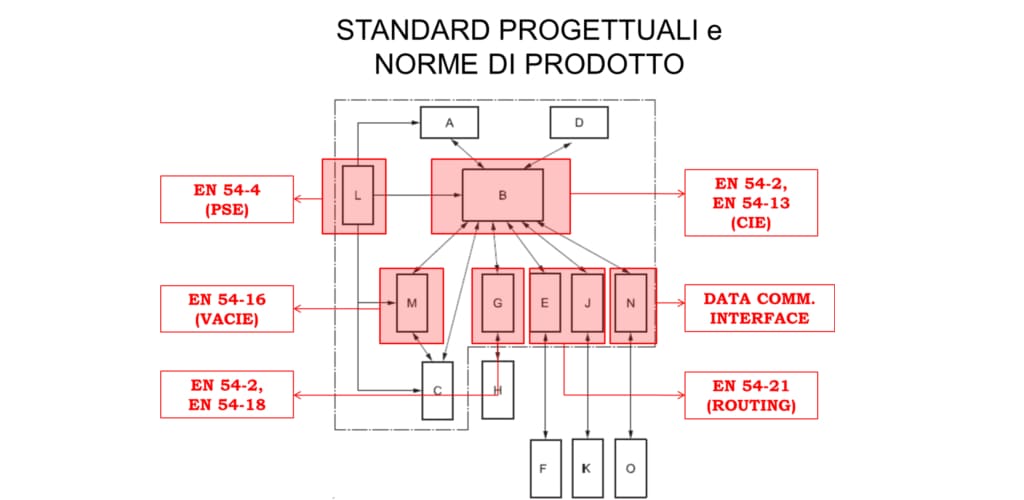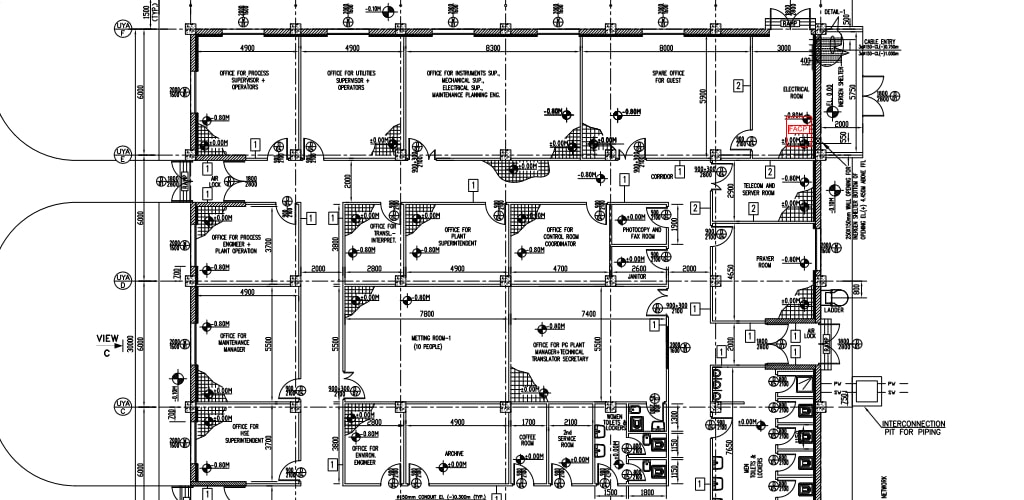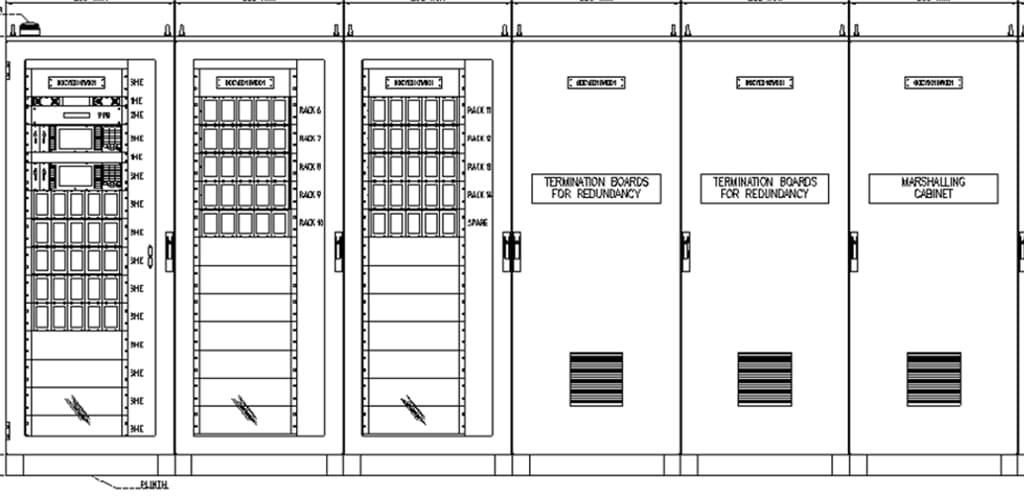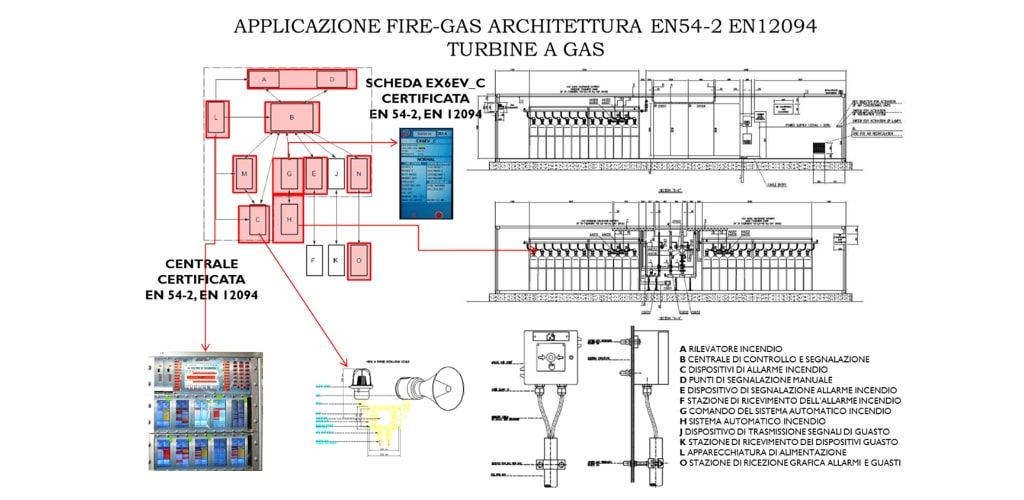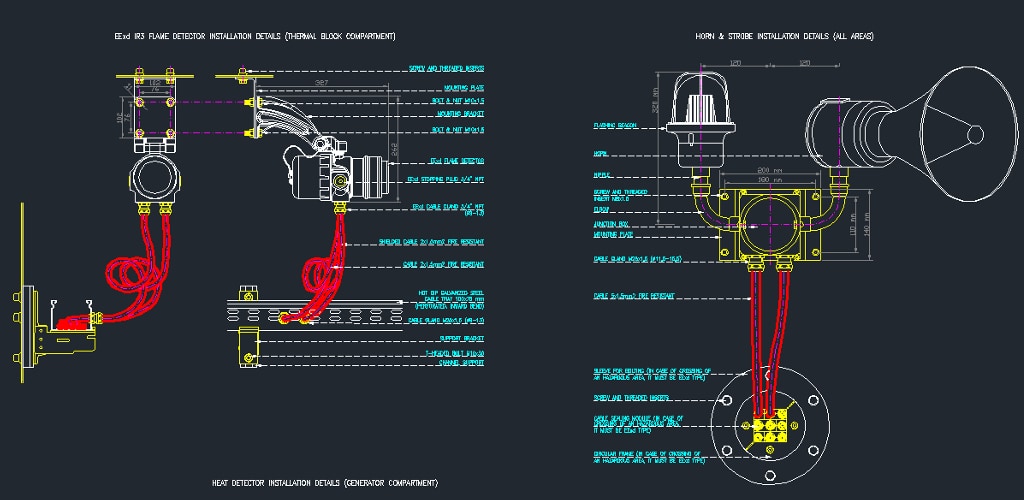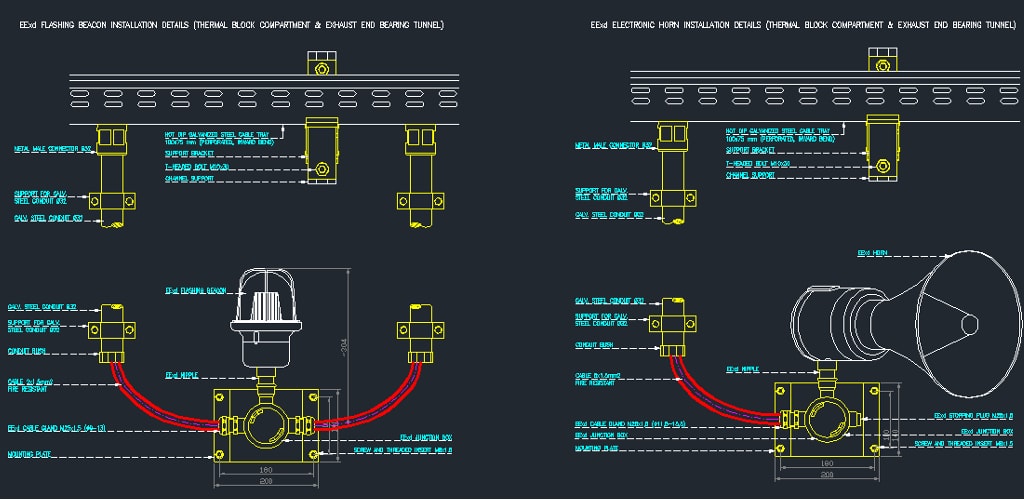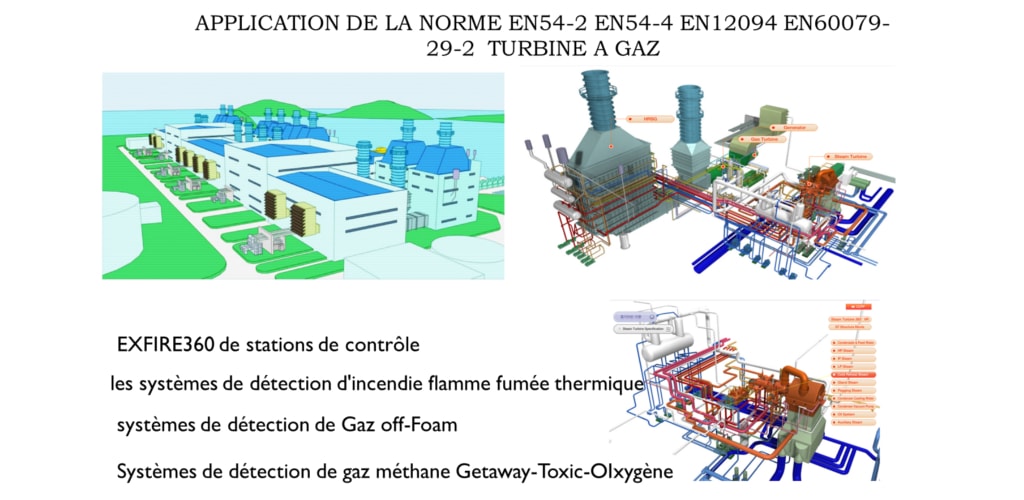Our technical department at your service!
We offer design and engineering for fire & gas fire extinguishing systems
ATEX SIL, DPR 37/08 and DM 1998/05/04
Fire & gas fire extinguishing systems
SV Sistemi di Sicurezza is enabled to sign the 818 project and offers all its customers a very detailed final documentation.
We report the failures that are regularly carried out:
1) Fire risk analysis within the overall risk analysis of the Site
2) SIL (Safety Integrity Level) classification of the fire safety functions in the SIL evaluation of the process, when the fire safety functions are considered as safety functions;
3) Review of the Code (NFPA) and local needs and compliance with the requirements of the competent authorities (AHJ);
4) Preliminary design of fire and fire alarm systems for acceptance by local authorities
Request for the issue of the Fire Prevention Certificate
N Within the scope of the Presidential Decree 37/08 and DM 04/05/1998
- List of fire prevention adaptation works (through inspection / ghee in the areas concerned or existing compliance opinions);
- Fire-fighting assistance to the construction management (for the correct implementation of the planned work, with determination of the non-significant variants for fire safety and verification of the individual works in the list);
- Responsibility for the CPI request (collection of necessary certifications and declarations, submission of the CPI request to the Provincial Command of the Fire Brigade, final general examination of the activity, presentation of the DIA to the Provincial Command of the Fire Brigade and return of the registered document to the Client);
- Fire risk assessment (according to annex 1 of the Ministerial Decree of 10 March 1998, through the determination of fire hazards, the identification of exposed persons, the elimination or reduction of fire hazards, the classification of the level of fire risk residue and the adequacy of security measures);
- Elaborations of the escape routes (preparation of general and particular graphic tables, drawn up on the basis of the fire prevention project, the fire risk assessment and the emergency plan);
- Drafting of the emergency plan (on the basis of annex VIII of the Ministerial Decree of 10 March 1998, the fire prevention project, the fire risk assessment);
Request for renewal of the Fire Prevention Certificate
N Within the scope of the Presidential Decree 37/08 and DM 04/05/1998
- Acquisition by the professional of the current fire prevention certificate that is to be renewed and of the request for renewal of the Fire Prevention Certificate;
- Conducting reconnaissance visits;
- Drafting on legal paper of technical expertise to be sworn and then forwarded to the Fire Brigade Command;
Design
Technical design of fire-fighting systems of the following types
- Automatic fixed set-ups for detection and fire alarm signaling (UNI9795);
- automatic extinguishing systems with gaseous extinguishers;
- Sprinkler extinguishing systems;
- Foam and aerosol systems;
- Powder plants;
FOR FIRE ALARM SYSTEM
1) Written narrative providing intent and system description
2) Riser diagram
3) Floor plan layouts
4) Sequence of operation in either an input/output matrix or narrative form
5) Equipment technical data sheets
6) Manufacturers’ published instructions, including operation and maintenance instructions
7) Battery capacity and de-rating calculations
8) Voltage drop calculations for notification appliance circuits
9) Minimum sound pressure levels that must be produced by the audible notification appliances in applicable covered areas
10) Pathway diagrams between the control unit and the supervising station and shared communications equipment
11) Completed record of completion
12) Record (as-built) drawings
13) Records, record retention, and record maintenance
14) Completed record of inspection and testing
Sistemi di Spegnimento Antincendio FIRE & GAS
(1) Preliminary working plans and calculations
(2) Technical reports for sizing water supplies, fire water pumps, number and quantities of extinguishing agents, etc.
(3) Systems specifications according to the applicable standard (either EN, NFPA, or other codes).
DETAILED DESIGN OF SYSTEM, WHICH INCLUDE
1) Layout documentation and calculations (including computerised calculations), according to the requirements of the applicable EN/NFPA standard;
2) Shop drawings;
3) Completion documentation;
4) Inspection, testing and maintenance documentation.
1) Performance based design (engineering analysis and discussion with the authority having jurisdiction)
2) Hazardous area classification for gas detection applications
3) Design of gas detection systems (both combustible and toxic gases) based on engineering evalutation
4) Verification of compliant installation (where required by the authority having jurisdiction)
5) Retrofitting of automatic fire safety systems
6) Site supervision and support to the installation team
7) Project management for new fire detection and fire extinguishing systems
8) Training on fire detection and fire extinguishing systems, both at our premises and on site.
Classification of areas at risk of explosion (according to NFPA or IEC methods);
SIL evaluation of equipment and systems (IEC61508);
SIL functional safety and remote fire management
The technological evolution and the growing performance requirements of automatic fire detection and extinguishing systems; have introduced two new features of the fire alarm control panels: the sil functional safety of the systems and the remote management of the systems.
Why choose SIL functional safety
The safety integrity level (SIL); is a discrete number indicating the value of the probability that a system will correctly perform an instrumental safety function; within a set period of time. The SIL is assigned to every single independent safety function (SIF), realized through one or more Safety Instrumented Systems (SIS).
It is expressed with a number between 1 and 4; where Safety Integrity Level 4 has the highest value and Safety Integrity Level 1 has the lowest. In practice, SIL is a quantitative measure of the probability that a given protection function is not performed if intervention is required; and allows the designer to reduce the risk of a dangerous situation and quantify the reduction.
Integration of fire & gas fire extinguishing systems in third party control systems.

